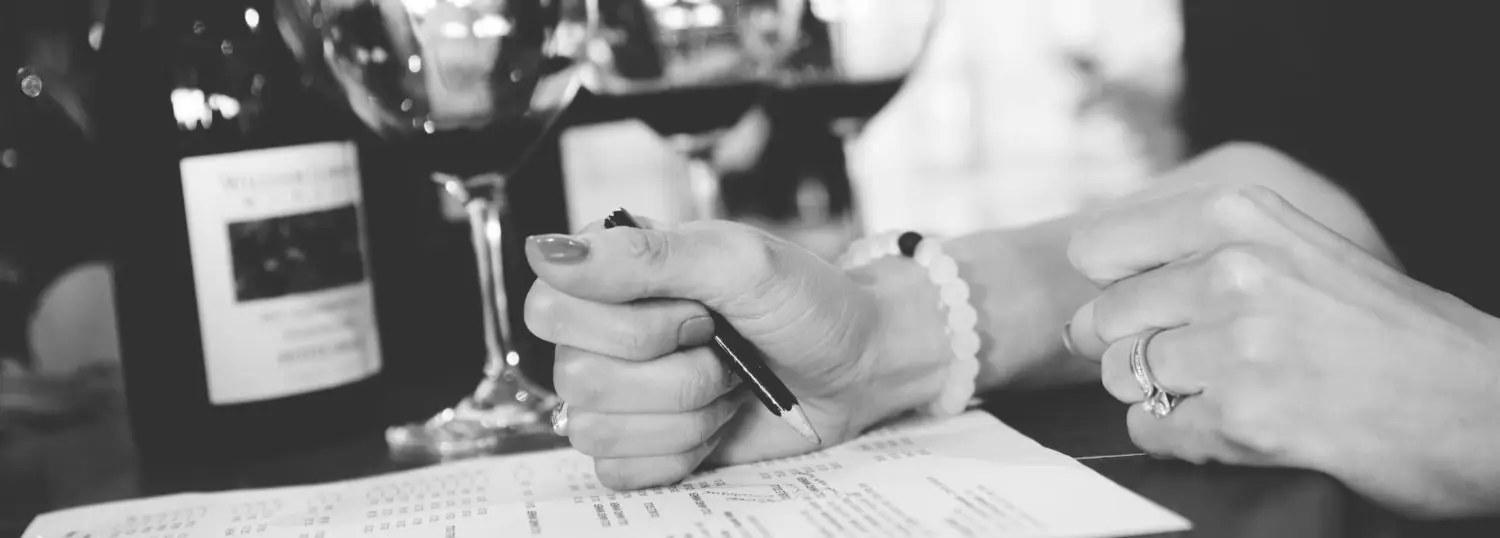Happy Saturday all. Hope you don’t mind, I took a few days off following my birthday/WSET Diploma Level 1 exam…extravaganza weekend. But I have, of course, been keeping up with the latest wine (and food) news. So let’s take a look at what’s going on lately.
Locally, Sonoma (finally) has implemented fines for breaching (what I call) COVID-courtesies. So mask up if you’re coming up to Wine Country or pay the price—literally. In spite of that, a common phrase around here is, “The grapes don’t know there’s a pandemic.” True enough, and harvest has officially kicked off. If you’re in the industry getting ready for harvest, be sure to check out the Wine Institute’s harvest protocols webinar materials. Also of interest my industry readers may be Nielsen’s latest data on COVID impacts on on-premise sales and UC Davis’s white paper on developments in remedying smoke-tainted grapes.
Looking around the world, Japan has a fun new canopy management situation; Portugal is making waves as a leader in the fight against climate change; and the quality of the Chinese wine-scene may be on the rise.
And don’t forget to scroll down to the Blogs for some independent insight and fun, including a top 16 list of the best wine-related documentaries to watch.

Lastly, on a personal note, if you haven’t seen the latest in my video series with Wine Industry Network, check out my interviews with Dry Creek Vineyard President, Kim Stare Wallace, and Tablas Creek General Manager/Proprietor, Jason Haas. More to come, so keep your stations tuned to WIN.
And I have received a few inquiries about my posts chronicling my WSET journey. I’ve pulled them down for now—the goal is to edit and consolidate for clarity and organization. So if you are/were looking for those or wondering what the story is, that’s it. I’ll try to get them back up if/when I can. Thank you for your patience with that.
That’s all for now. Hope everyone’s doing well. Don’t hesitate to leave a comment, write me a note, connect with me on social. Would be nice to hear from you.
Cheers.
(more…)





